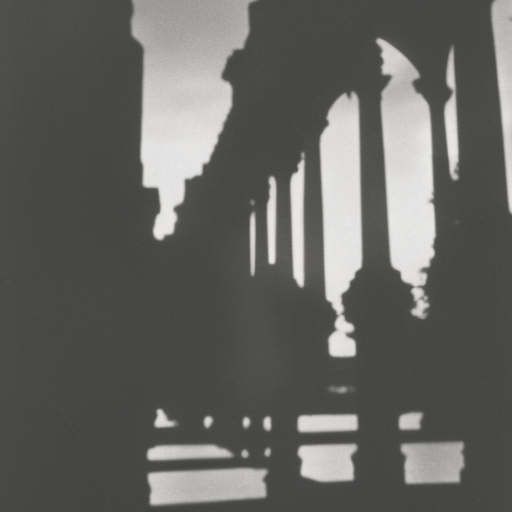Renaissance Period: A Cultural and Intellectual Rebirth
The Renaissance period, spanning from the 14th to the 17th century, was a time of significant cultural and intellectual transformation in Europe. It marked a departure from the medieval period and saw a renewed interest in the arts, sciences, and humanism. The Renaissance was characterized by a revival of classical learning, a focus on individualism, and a shift towards secularism.
Origins and Influences
The Renaissance was influenced by several factors, including the rediscovery of ancient Greek and Roman texts, the growth of trade and commerce, and the patronage of wealthy individuals and institutions. The fall of the Byzantine Empire in 1453 also played a crucial role in spreading Greek knowledge to Western Europe.
Humanism and Individualism
One of the defining features of the Renaissance was the rise of humanism, a philosophical and intellectual movement that emphasized the importance of human potential and achievements. Humanists sought to reconcile classical learning with Christian teachings and focused on the study of grammar, rhetoric, history, and moral philosophy. They believed in the power of education to transform individuals and society.
The Renaissance also witnessed a shift towards individualism, with a greater emphasis on personal achievements and self-expression. Artists, writers, and thinkers began to sign their works and assert their individual identities. This focus on the individual was reflected in the art of the period, with portraits becoming increasingly popular.
Art and Architecture
Art during the Renaissance reached new heights of realism and beauty. Artists such as Leonardo da Vinci, Michelangelo, and Raphael created masterpieces that showcased their technical skill and understanding of human anatomy. The use of perspective and naturalistic techniques brought a sense of depth and realism to paintings and sculptures.
Architecture also flourished during this period, with a return to classical forms and principles. The use of symmetry, proportion, and harmony became central to architectural design. Prominent examples of Renaissance architecture include the dome of Florence Cathedral and the St. Peter’s Basilica in Rome.
Science and Exploration
The Renaissance was a time of great scientific progress and exploration. Scholars like Nicolaus Copernicus and Galileo Galilei challenged the geocentric model of the universe and proposed a heliocentric model. This shift in thinking laid the foundation for modern astronomy.
Exploration and discovery also expanded during the Renaissance. European explorers, such as Christopher Columbus and Vasco da Gama, embarked on voyages that opened up new trade routes and expanded European knowledge of the world. These explorations led to the colonization of new territories and the establishment of global empires.
Literature and Printing Press
The Renaissance witnessed a flourishing of literature and the spread of knowledge through the invention of the printing press. Writers such as William Shakespeare, Miguel de Cervantes, and Dante Alighieri produced timeless works that continue to be celebrated today. The printing press, invented by Johannes Gutenberg in the mid-15th century, allowed for the mass production of books, making knowledge more accessible to a wider audience.
Legacy
The Renaissance had a profound and lasting impact on European society and culture. It laid the foundation for the modern world by promoting critical thinking, individualism, and the pursuit of knowledge. The period also saw the rise of nation-states and the decline of feudalism, as well as advancements in art, science, and exploration that shaped the course of history.
In conclusion, the Renaissance period was a transformative era that witnessed a revival of classical learning, the rise of humanism and individualism, advancements in art and science, and the spread of knowledge through the printing press. Its legacy continues to shape our understanding of the world and remains a testament to the power of human creativity and intellectual curiosity.












